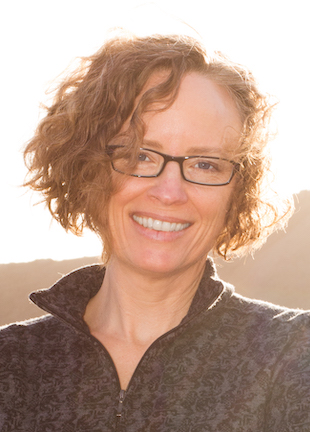Indi Young
Paying Better Attention to the Problem
Synopsis
In tech culture, everyone is hell-bent on coming up with answers and solutions. We all assume we know what the person’s problem is: make everyday life more efficient, keep track of information, get more productivity out of a day, coordinate teams better, etc. Rarely does tech culture start at the very beginning, understanding the variety of approaches real people have to their real purposes and different moods and contexts. Instead, tech starts with an idea–a solution–and builds it into experiments to see if the idea solves the imagined “problem.”
Sound familiar?
We can’t go on solving things based on our own thin understanding of how others perceive the problem. We can’t go on assuming everyone is in the same mood and context. There is no one-size-fits-all solution. Indeed, we have done a lot of accidental harm in the world with the assumption that the tools we design are “neutral.” We need to get better at paying attention. We need to slow down and gather a richer, more nutritious understanding of the people we are trying to support. And we need to point a beam of light into possible future outcomes.
Let’s put equal emphasis on the problem. Spending equal time in the problem space generates rich understanding. Understanding the depths, perspectives, horizons and histories of the way people achieve their purposes opens up loads more opportunities. We can begin making solutions that eschew “engagement” to truly support different people in different ways.
The problem space deserves more attention and a slow cycle all of its own.
About Indi
Indi is a freelance researcher who coaches, writes, and teaches about inclusive software strategy. Her work is rooted in the problem space, which she separates completely from any ideation, prototypes, testing, or development. Indi pioneered mental model diagrams and thinking styles to help teams truly pay attention to people, without letting cognitive bias and assumptions creep in.
In 2008, her book Mental Models, introducing he problem space research method, was published. Her second book, Practical Empathy, was released in 2015, and she narrated it for Audible in 2016. Her next book is due out in 2019. She runs a series of advanced online training about the importance of pushing the boundaries of your perspective.
She began her career as a software engineer, moved into interaction design, worked with early tablets, and was one of the founders of Adaptive Path, the pioneering UX agency responsible for knowledge sharing via many channels. You can follow her on Twitter @indiyoung and access many resources on Medium medium.com/inclusive-software and her website indiyoung.com.
Video:


